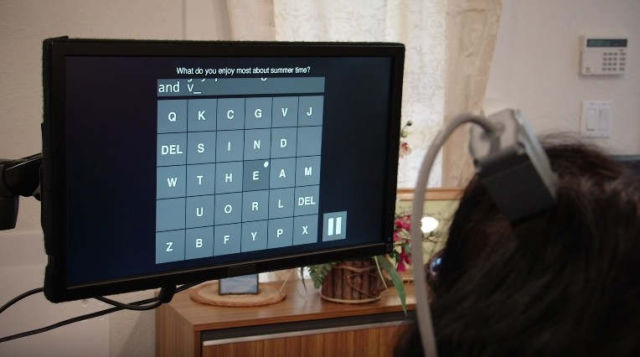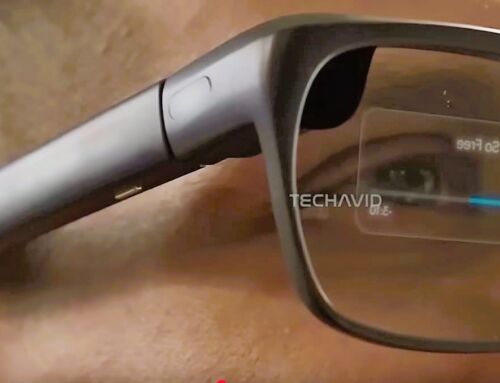Brain-computer interface allows fast, accurate typing by people with paralysis.
In a Stanford-led research report, three participants with movement impairment controlled an onscreen cursor simply by imagining their own hand movements.
A clinical research paper led by Stanford University investigators has demonstrated that a brain-to-computer hookup can enable people with paralysis to type via direct brain control at the highest speeds and accuracy levels reported to date.
A clinical research publication led by Stanford University investigators has demonstrated that a brain-to-computer hookup can enable people with paralysis to type via direct brain control at the highest speeds and accuracy levels reported to date.
The report involved three study participants with severe limb weakness — two from amyotrophic lateral sclerosis, also called Lou Gehrig’s disease, and one from a spinal cord injury. They each had one or two baby-aspirin-sized electrode arrays placed in their brains to record signals from the motor cortex, a region controlling muscle movement. These signals were transmitted to a computer via a cable and translated by algorithms into point-and-click commands guiding a cursor to characters on an onscreen keyboard.
source Stanford





This is a very interesting It is a great article. You will surely like this also because it is a great stuff, yeah it’s give us lots of interest and pleasure. Their opportunities are so fantastic and working style so speedy.
Their opportunities are so fantastic and working style so speedy. Thank you for sharing the nice article.
I loved the way you discuss the topic great work thanks for the sharing this valuable info. I really enjoy reading this article.